Research Reports from the Department of Operations
Document Type
Dissertation
Publication Date
8-1-1987
Abstract
Physician manpower requirements of most developing countries can often be met by either developing local training facilities, by sending indigenes to train abroad, by recruiting expatriate physicians, or some combination of the above. Foreign training and having expatriate physicians often involve expenditures of scarce foreign exchange in competition with other development projects. Planning the training of physicians to meet the healthcare manpower requirements of a developing nation is viewed in this research as being analogous to capacity planning in a multi-stage industrial production of a single product. Physicians are the single "product" to be "produced". The number of medical schools functioning is analogous to the number of facilities or plants utilized. Each school (plant) has different capacities. Production is a multi-stage process in that the output of one stage constitutes the input to the next stage. The output of the final stage is the finished product (graduate physician) used to satisfy the demand for the product. Processing at each stage takes a period of one academic year and is done in batches. Batch size (or new student admission) may vary from school to school. At each stage, the medical student (unfinished product) may drop out due to failure or repeat the class or be promoted to the next higher class for further training (processing). The costs are divided into two. These are the variable and the fixed costs. The variable cost is assumed to be proportional to the amount of product (student level) being processed. These costs account for government subsidy per student for tuition, room and board, salaries, operation and maintenance of school facilities. Within this general framework, two models (a dynamic programming and a SLAM II network-based model) were developed which can be utilized to answer the following fundamental questions related to the design of such planning systems in the context of cost minimization while meeting projected manpower demand. Some computational results applying the models to real world data collected in Nigeria indicate the roles for expatriates, overseas training and new school opening decisions in the plan and the sensitivity of these decisions to changes in relative costs and demand.
Keywords
Operations research, Physicians--Supply and demand, Manpower policy--Developing countries, Manpower planning, Medical education--Planning, Developing countries--Economic conditions, Dynamic programming, Medical education--Nigeria
Publication Title
Dissertation, Department of Operations, School of Management, Case Western Reserve University
Issue
Technical memorandum no. 642 ; Submitted in partial fulfillment of the requirements for the Degree of Doctor of Philosophy.
Rights
This work is in the public domain and may be freely downloaded for personal or academic use
Recommended Citation
Ikem, Fidelis Madeke, "Physician Manpower Planning for Developing Countries" (1987). Research Reports from the Department of Operations. 414.
https://commons.case.edu/wsom-ops-reports/414

